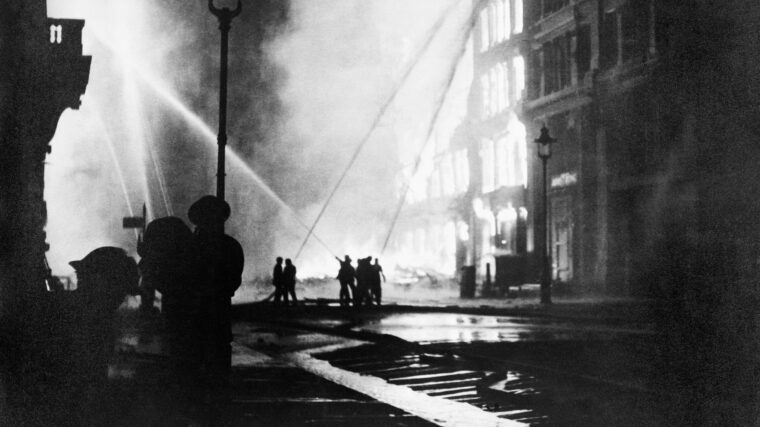
Allies
Rain of Terror: The Bombing of the British Isles
By Michael D. HullFirst, there was a faint drone, with black specks visible in the sunny sky. Then the drone grew into a thunder, and hundreds of bombers appeared over London. Read more

Allies
First, there was a faint drone, with black specks visible in the sunny sky. Then the drone grew into a thunder, and hundreds of bombers appeared over London. Read more
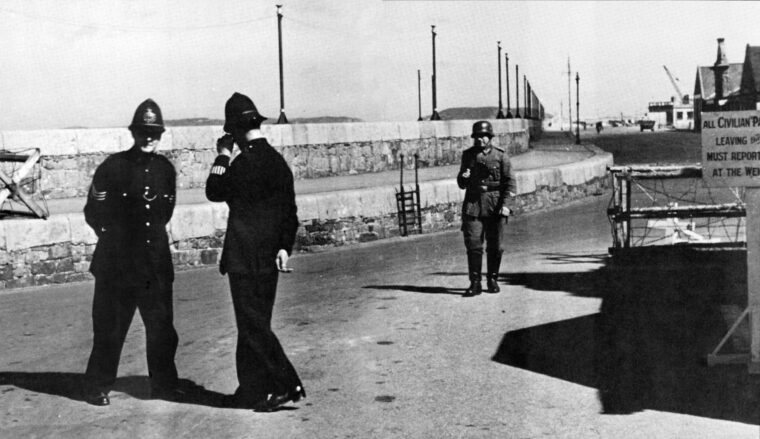
Allies
Nations have often pressed unsavory characters and criminals into service during wartime, rationalizing that such action is in the best interest of the country during extraordinary times. Read more
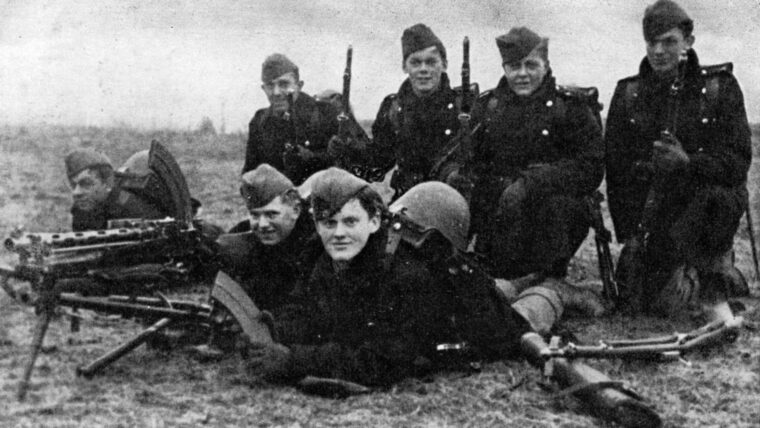
Allies
The Polish Campaign in 1939 demonstrated the awesome effectiveness of aircraft as weapons platforms for close ground support. Read more

Allies
The army brass argued at length; the scheme proposed by behavioral psychologist B.F. Skinner was mad, foolhardy, but also ingenious. Read more
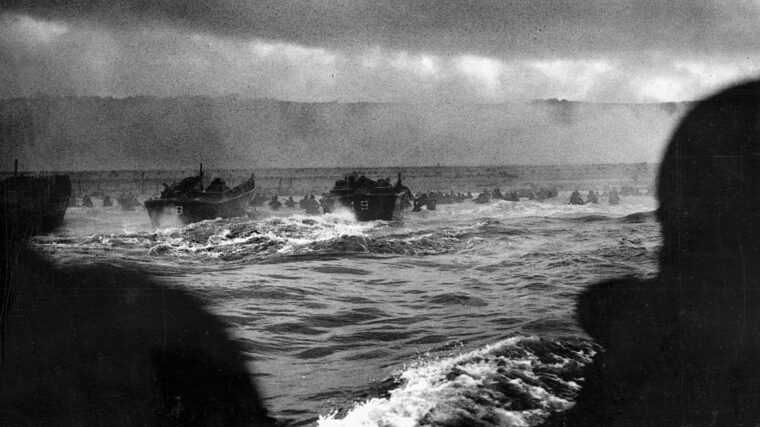
Allies
Operation Overlord, the cross-Channel attack that hit the Nazi-occupied beaches of Normandy in 1944, was the culmination of a grand strategy adopted early in the war, followed sporadically during the years of conflict, and aimed at defeating Hitler’s Reich by striking directly at Germany by invasion. Read more
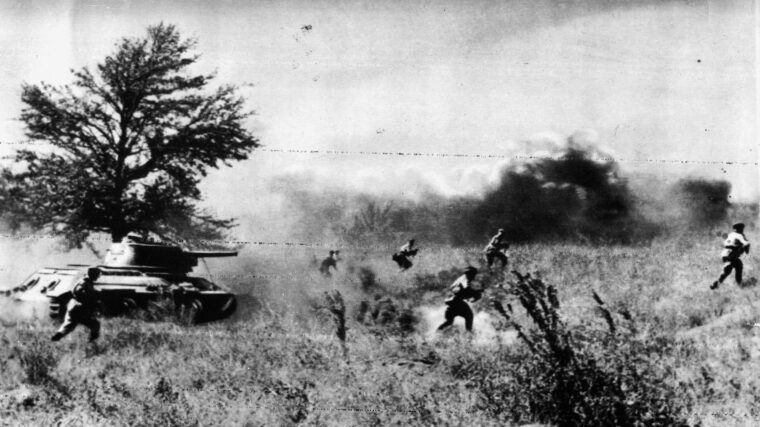
Allies
In August 1943, immediately after the Battle of Kursk, the Red Army launched a series of follow up operations, resulting in the liberation of a large swath of Nazi-occupied Soviet territory. Read more
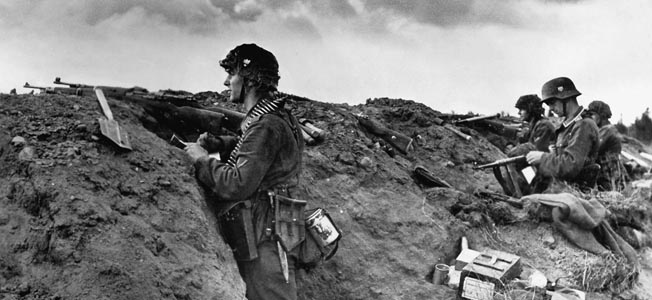
Allies
The official history of Russian and Soviet airborne forces began on August 2, 1930, when 12 parachutists were dropped during maneuvers in the Moscow Military District. Read more
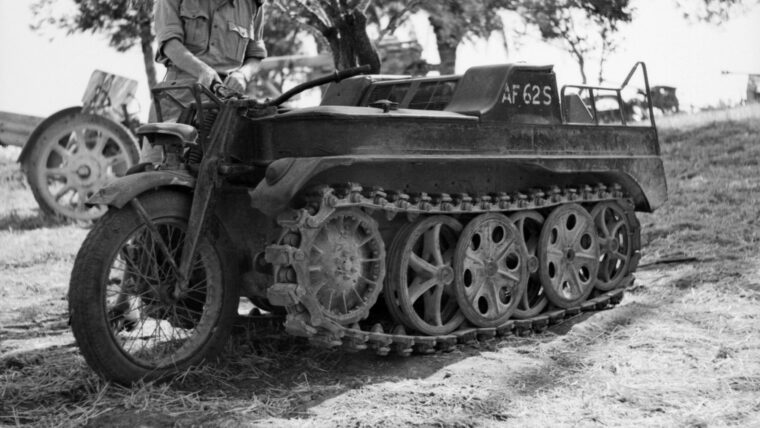
Allies
The first published photo of one of the odd—but highly versatile —frontline vehicles of World War II appeared on the cover of the July 1942 edition of German Propaganda Minister Dr. Read more
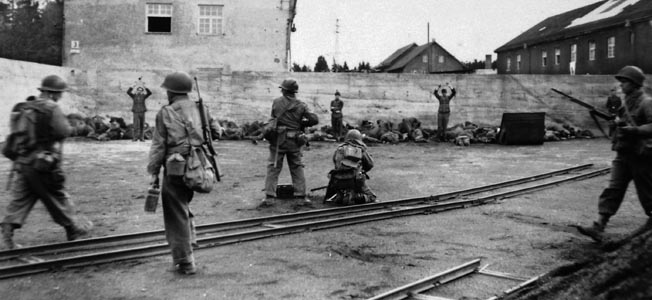
Allies
The morning of February 16, 1944, dawned foggy over the Via Anziate in Anzio, Italy. The 45th Infantry Division’s 2nd Battalion, 157th Infantry Regiment had advanced overnight to take positions on the west side of the roadway, assuming its place on the front line. Read more
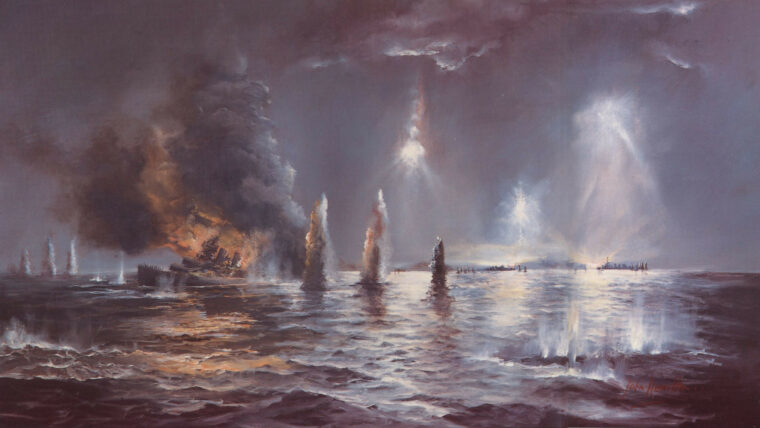
Allies
“One large, two small vessels, one six miles from Savo off northern beach, Guadalcanal. Will investigate closer.” Read more
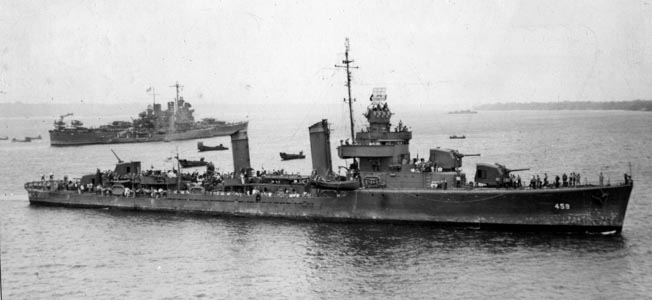
Allies
The eight-inch shell that penetrated the cruiser’s hull and threatened to blow up her forward magazines was a Type 91 armor-piercing shell, which had been designed to continue through the water when it fell short of its target and penetrate the ship’s hull below the waterline. Read more
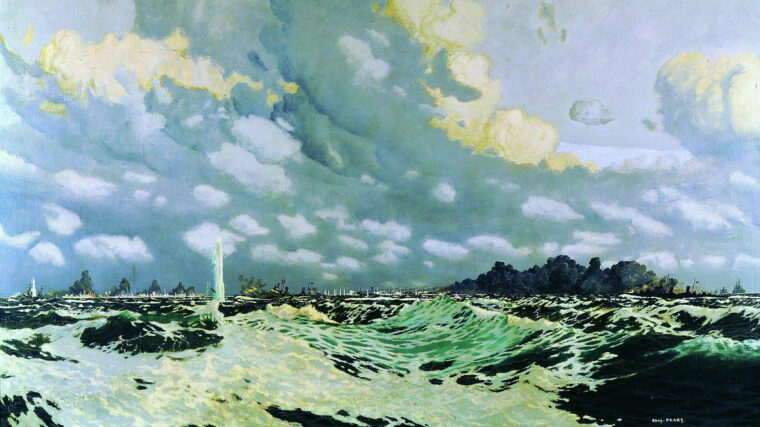
Allies
Located 58 miles south of Sicily in the Mediterranean Sea, the rocky, 122-square-mile island of Malta was the hinge upon which all Allied operations in the Middle East turned during the first half of World War II. Read more
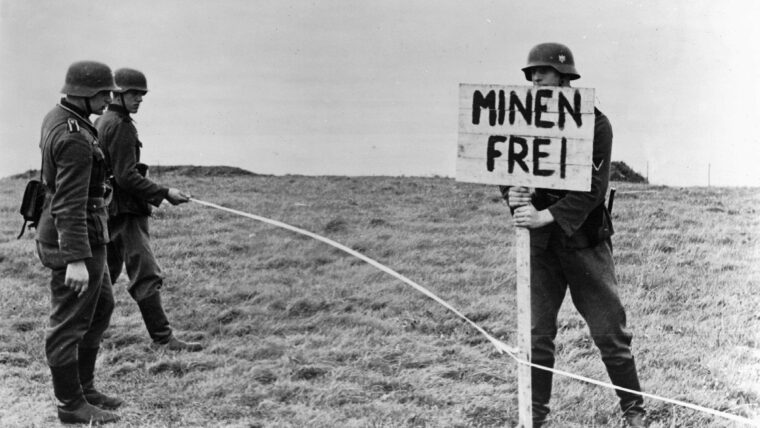
Allies
German Teller mines were insidious weapons—killing or maiming thousands of Allied soldiers and civilians. The Wehrmact employed others, too, to great effect during the Second World War. Read more
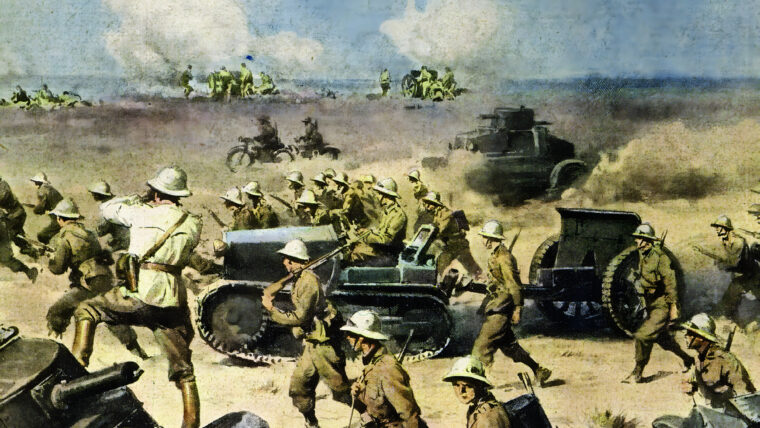
Allies
When most people think of the Italian Army in North Africa during World War II, they tend to believe that the average Italian soldier offered little resistance to the Allies before surrendering. Read more
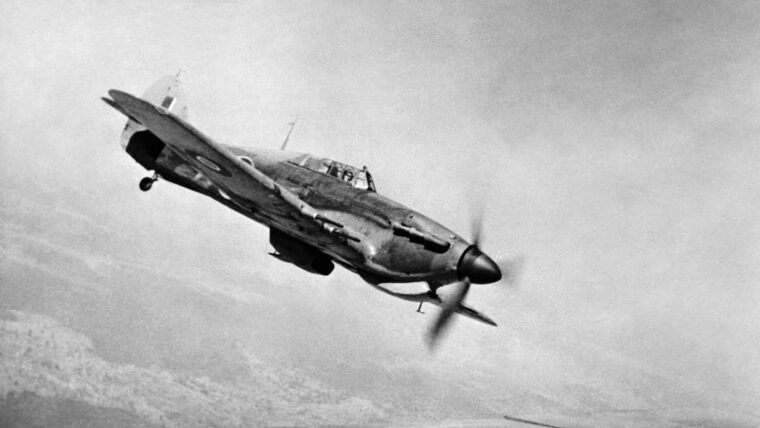
Allies
In the 40 minutes between 7:50 and 8:30 am, on April 5, 1942, Royal Air force pilot Don McDonald experienced his air base being bombed in a Japanese surprise air raid that should never have been a surprise. Read more

Allies
The American effort to neutralize the big Japanese air-sea base at Rabaul on the island of New Britain in the South Pacific was heating up, and 18-year-old aviation radioman John Kepchia was about to feel the heat. Read more
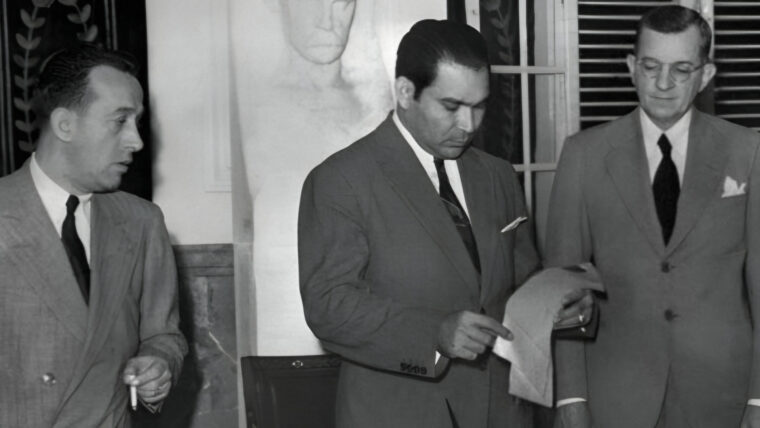
Allies
In espionage fiction, there are three types of spies. The first is the suave, dapper James Bond, 007, license to kill, a hit with the ladies. Read more
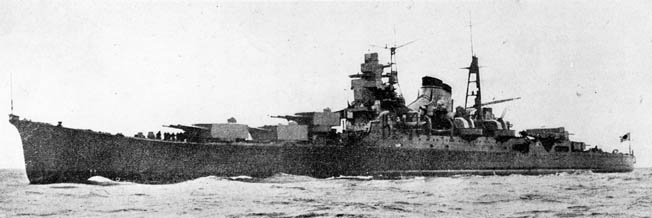
Allies
Japan had serious difficulties deploying her manpower, and a few examples illustrate some of the worst events. Read more
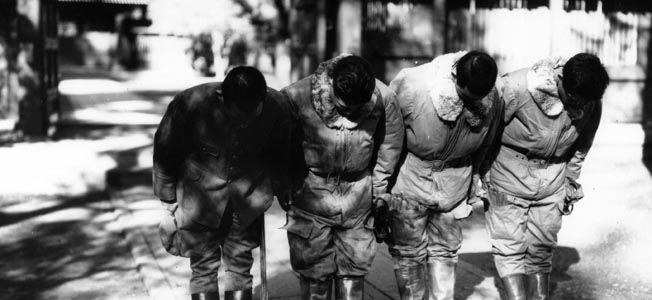
Allies
It was a method of warfare that would have been anathema to Americans only a few short years before. Read more
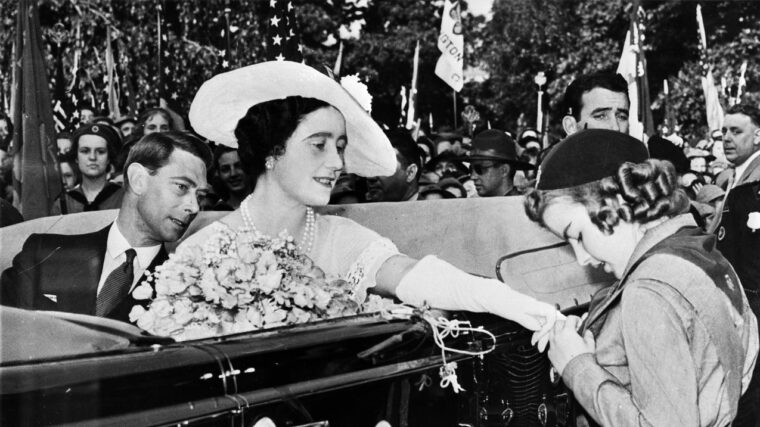
Allies
On May 6, 1939, King George VI of Great Britain and his wife Queen Elizabeth arrived in Portsmouth to board the liner Empress of Australia, which was to take them to Canada and subsequently to the United States. Read more